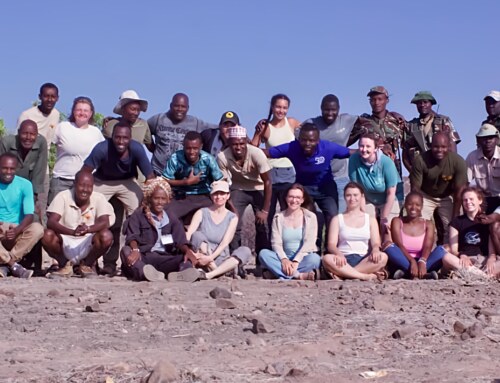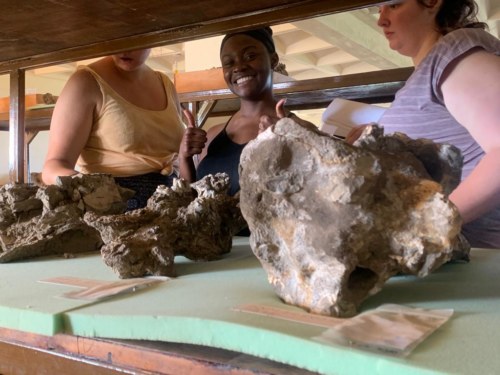
Our ongoing module is Vertebrate Paleontology which is instructed by Prof. Ellen Miller. Students have been learning about the evolution of various forms of life on earth. We learn from Prof. Miller that, fossils are the gold mines for paleontologists as they enable them to collect data on the extinct fauna, flora and their past ecologies. They are the trace representatives of living organisms in the geological age.
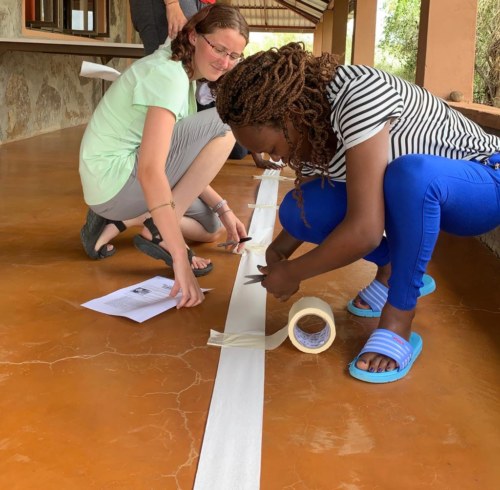
Margaret and Keely taping their tissue paper for the Geological Timescale.
Photo Credit: Medina Lubisia
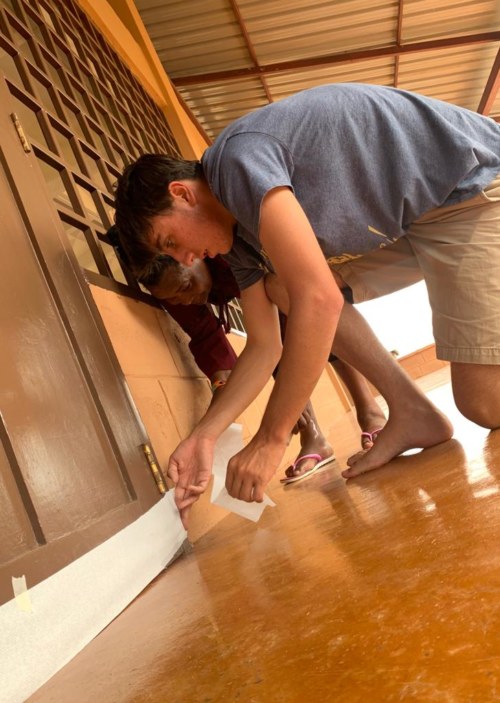
The geological timescale got Jack and Pauline to seal their dormitory door with the tissue paper! Photo credit: Medina Lubisia.
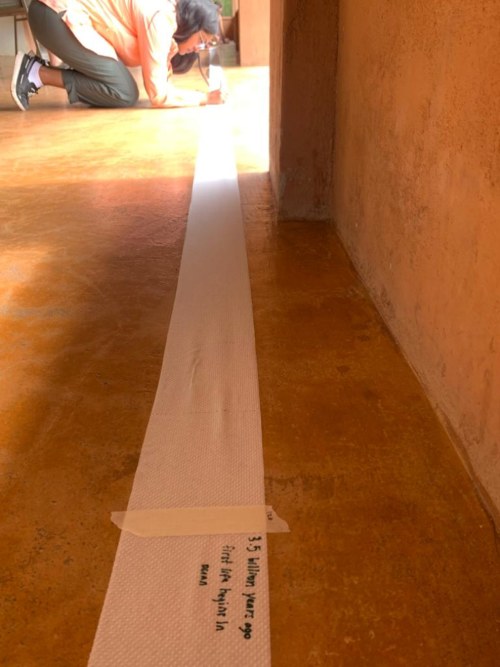
When life in the ocean begun! Photo credit: Medina Lubisia
Many of the living taxa of organisms have extinct ancestors that are well represented in the fossil record. To identify the real set of evolutionary relationships through time, paleontologists use derived features that characterize a smaller group different from their ancestors to create the evolutionary tree. In the fossil record, Turkana Basin boasts of many sizes of mammalian vertebrae including megafauna, mesofauna, and microfauna. The Basin’s geological and paleontological records from the past indicate shifting environments and facies from the Cretaceous to the Holocene period. To gain a better understanding of the morphological features in relation to the habitats, Prof. Miller took the students to the lab, helped them in identifying bones, and led a discussion on the skeletal differences of the living forms that act as proxies to understanding the extinct taxa in the fossil record.
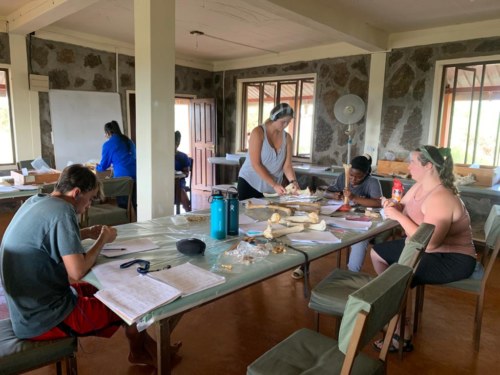
Students busy in the Osteology lab. Photo credit: Medina Lubisia.
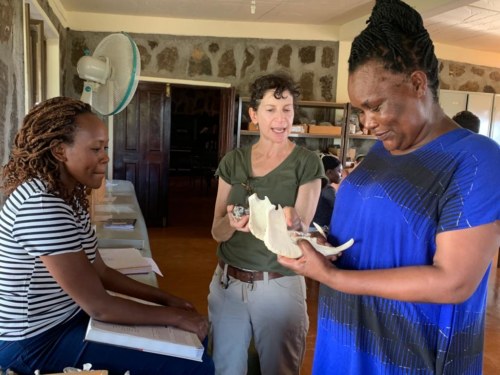
Pauline examining a suid mandible. Photo credit: Medina Lubisia.
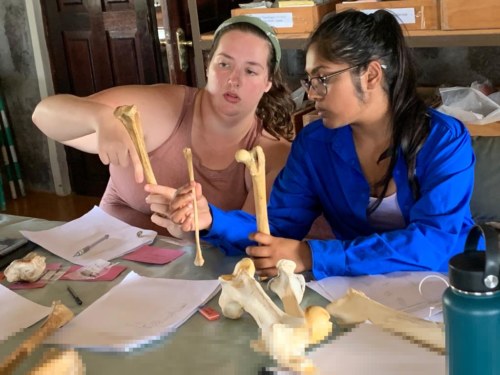
Mallika and Adalind busy identifying bones. Photo credit: Medina Lubisia.
On Saturday, we had a lecture on the management of fossils by Martin who is the chief curator of TBI laboratories. Collecting fossils is not just a walk in the park, there are various rules governing the acquisition, storage, tracking and sharing with the scientific world. The students learned more about collecting fossils from the field, transporting them to the labs, cleaning and even accessioning them. They were lucky to clean some of the fossils at the TBI laboratory.
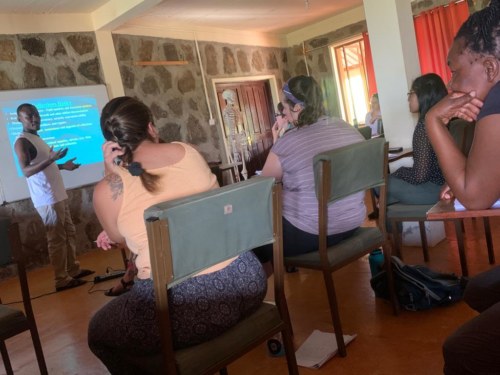
Martin giving a lecture on fossil collection and management. Photo credit: Medina Lubisia
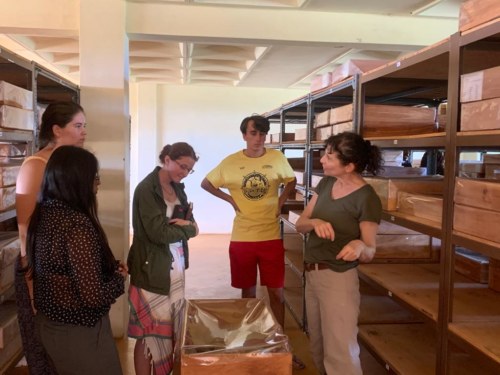
Prof. Miller with the students in one of the TBI labs. Photo credit: Medina Lubisia
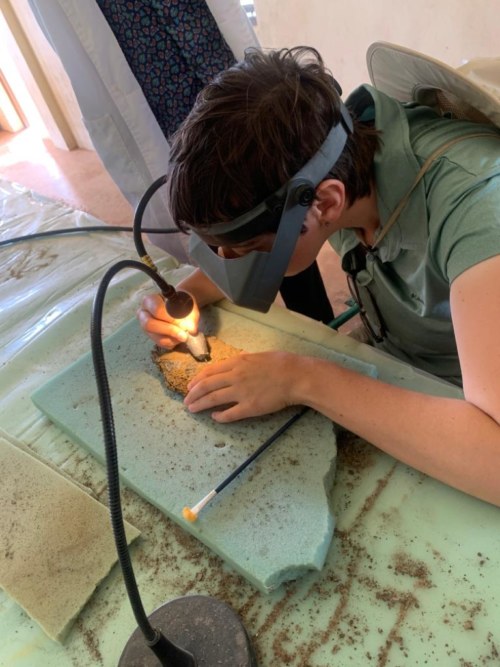
Carrie cleaning one of the fossils. Photo credit: Medina Lubisia
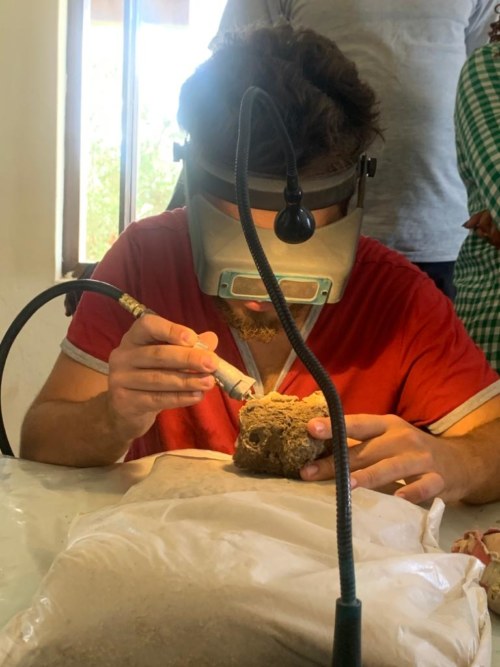
Tymofii busy cleaning what he likes most, fossils! Photo credit: Medina Lubisia
We ended our week by visiting Ileret village where we spent our time in one of the Manyattas, and later visited the mission church in the area.
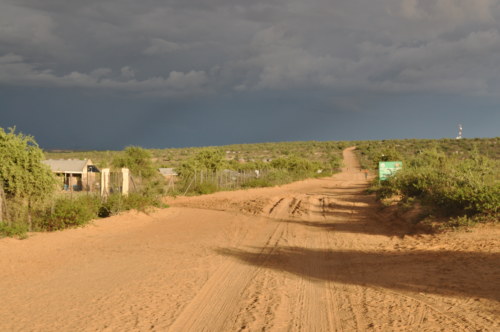
Ileret village. Photo credit: Wambui Mbogo.
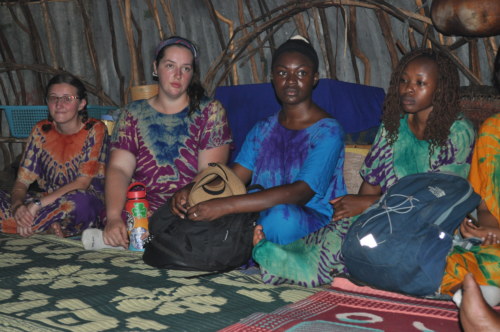
Students sitting the Manyatta. Photo credit: Wambui Mbogo.
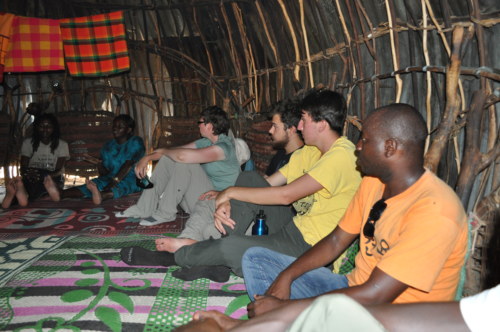
Beautiful Manyatta! Photo credit: Wambui Mbogo.
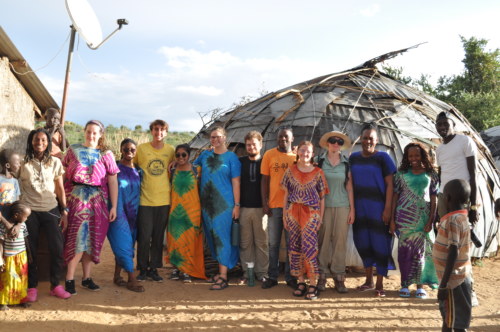
The TBI crew. Photo credit: Wambui Mbogo.
This coming week we will be out hunting for fossils, stay tuned!!

